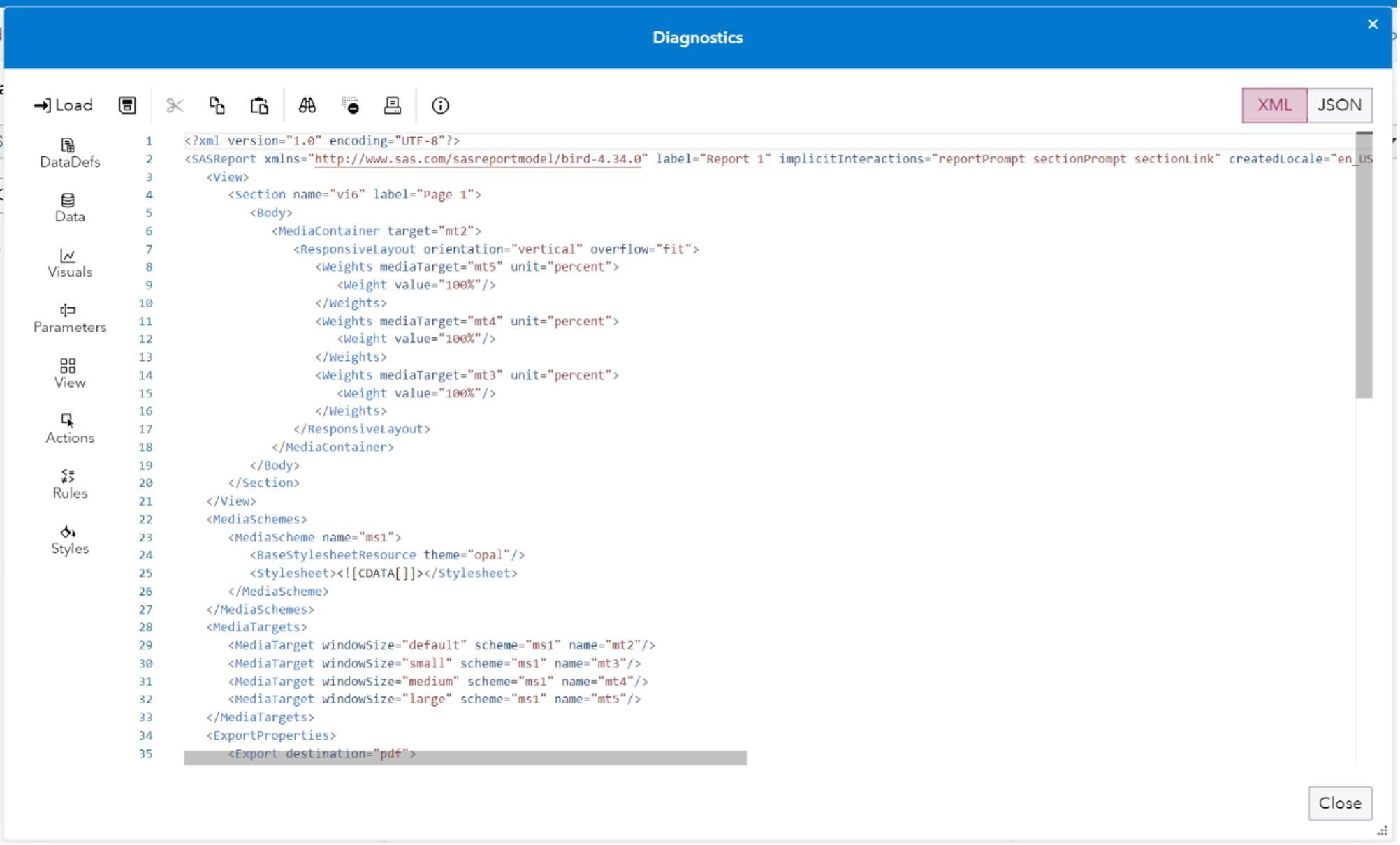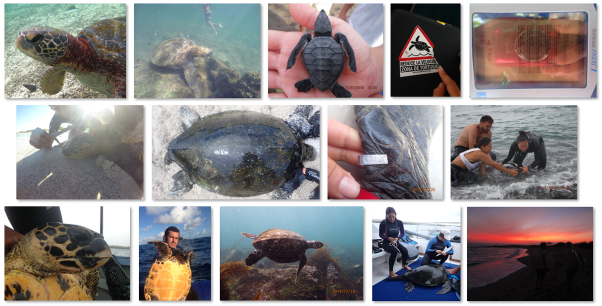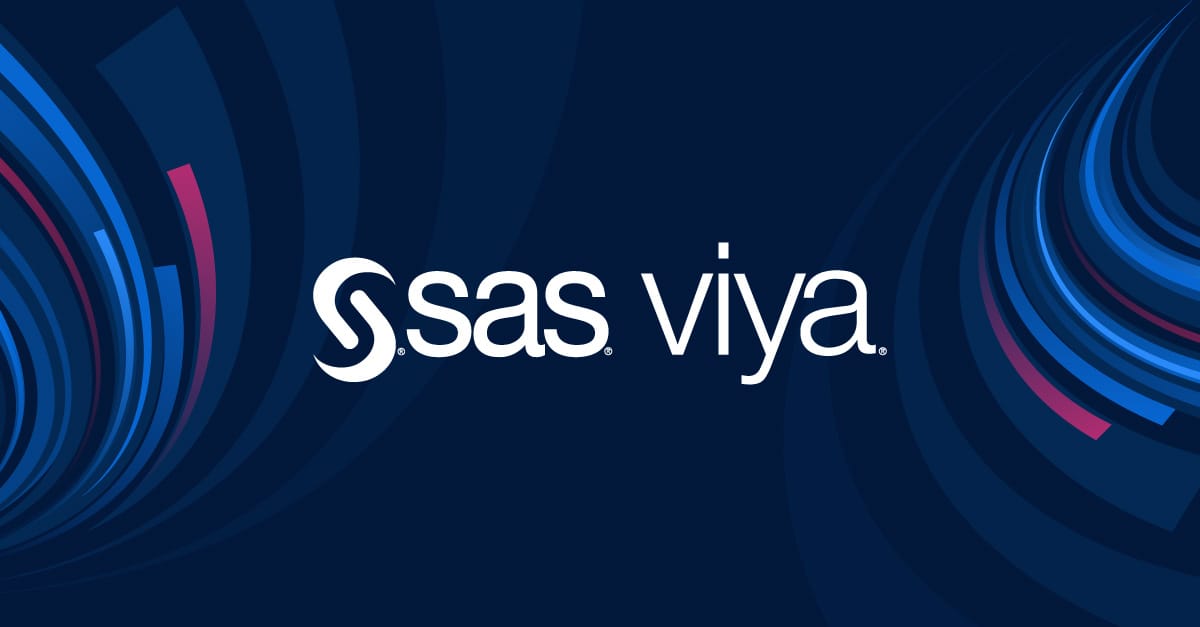SAS Viya環境のシングルサインオン設定方法(SAML編) 第2部 - 認証と認可の実装
背景 シングルサインオンのログイン方式(以下はSSO)は、多くのクラウドサービスの中で主流のログイン方法として、多くの利点があります。例えば、パスワードの使用が減少することで、セキュリティリスクを低下させることや一度のログインで複数のサービスやアプリケーションにアクセスできることによる、ユーザビリティの向上等です。 前回の記事(SAS Viya環境のシングルサインオン設定方法(SAML編) 第1部 - 基礎と準備)では、Azure ADとの連携でSSOを実現するための基礎概念と準備作業を紹介しました。本記事の第二部では、SAS Viyaのユーザーが運用や作業を行う際の参考となるよう、Azure ADとの連携でSSOを実現するための設定方法を下記のドキュメントの内容を基に整理することを目的としています。実際の設定を行う際は、常に最新バージョンのドキュメントを参照することをお勧めします。これにより、最新の情報に基づいた適切な手順で作業を進めることができます。 SAS Viyaドキュメント:SCIMの設定方法 SAS Viyaドキュメント:認証の設定方法 以下は本記事内容の一覧です。読者は以下のリンクで興味のあるセクションに直接ジャンプすることができます。 1.Microsoft Entra IDの作成 2.SCIM認可管理の設定 3.SAML認証の設定 1. Microsoft Entra IDの作成 1-1. 構築済みのSAS Viya環境とAzureのActive Directoryを連携するには、Azure側でAD Enterprise Appとアプリの管理者権限が必要です。 Azureポータル上で、「Microsoft Entra ID」と検索し、サービスを選択します。そして、左側メニューから「エンタープライズ アプリケーション」をクリックすると、既に登録したアプリの一覧画面が表示されます。新しいアプリを作成するために、画面上部の「新しいアプリケーション」ボタンをクリックします。その後に表示された画面の左上の「+独自のアプリケーションの作成」をクリックします。 1-2. アプリケーションの作成画面で、アプリの名前を設定し、「ギャラリーに見つからないその他のアプリケーションを統合します (非ギャラリー)」のオプションを選択し、「作成」ボタンをクリックします。 1-3. アプリの画面内で、左側の「Owners」をクリックし、アプリのオーナーが申請したユーザと一致しているかを確認します。これで、Microsoft Entra IDの作成は完了しました。 2. SCIM認可管理の設定 2-1. SAS Viyaのデフォルト認証方式はLDAPです。SSOログイン方式を利用するには、認証方式をSCIMに変更する必要があるため、まずはLDAPを無効にします。 ①sasbootユーザでSAS Viyaの環境管理画面にログインし、「Configuration」画面で「identities service」を検索し、右側の画面内の「spring」の編集ボタンをクリックします。 ②「profiles.active」からidentities-ldapを削除し、「Save」ボタンをクリックします。 ③右上の「New













































